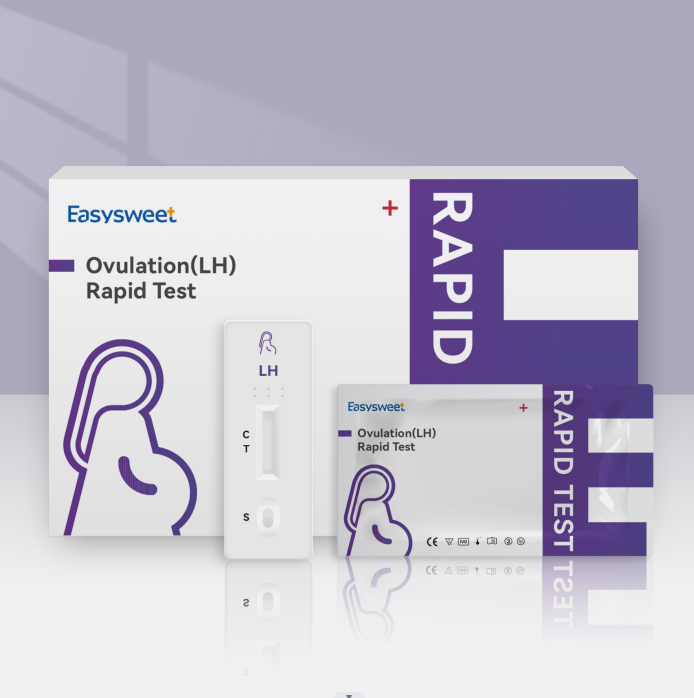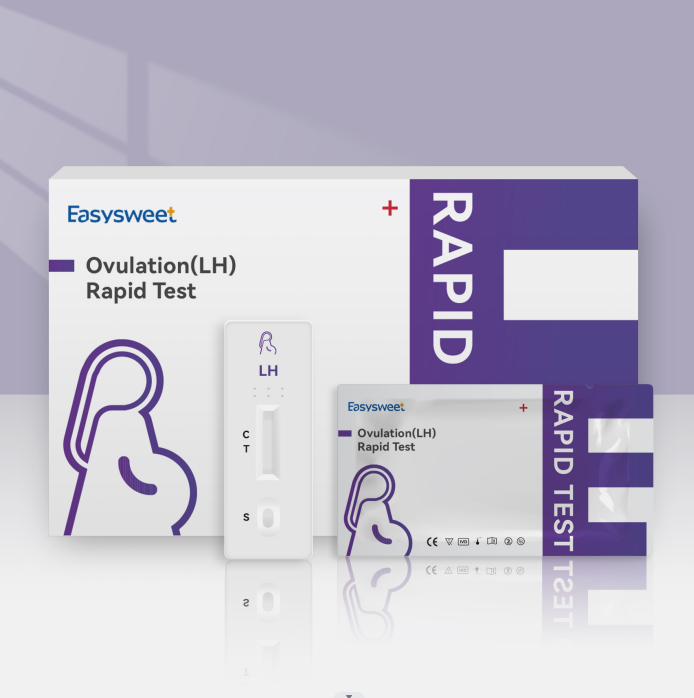Women can only conceive for a short time each month. The Easysweet Ovulation test helps determine this time frame. Still, women often have questions about how to use the information provided by ovulation tests. Mainly, they want to know how long after a positive Easysweet Ovulation test you can be fertile?

How does the Easysweet Ovulation test work?
The Easysweet Ovulation test works much like a pregnancy test. These predictive kits measure hormone levels in urine to let women know when they are ovulating. Ovulation tests specifically measure the amount of luteinizing hormone, or LH. LH is a hormone released by the pituitary gland.
During a woman's menstrual cycle, the pituitary releases low levels of LH. Then, about halfway through the cycle, LH levels spike. The LH surge triggers ovulation, which is the beginning of a woman's fertile period. When the ovulation test is positive, indicating high LH levels, ovulation should occur within the next 24 to 36 hours.
How soon can I be fertile?
Once the Easysweet Ovulation test is positive, it is a good time for the patient to start trying to conceive. Eggs should be released within one to three days of a positive ovulation test. Once the egg is released, it can live or be fertilized for about 24 hours. Sperm survive longer and can survive inside a woman's body for up to five days.
Given the possible ovulation window and the lifespan of a man's sperm, couples should have the best chance of conceiving within the first two to three days after a positive ovulation test. Most experts recommend that couples have sex two to three times during this time to increase the likelihood of conception.
Some of the content of the article comes from the Internet, if there is infringement, please contact us.


